Between “Signs” (2002) and “The Visit” (2015), there was a major disconnect between M. Night Shyamalan’s intended directorial vision, and casual filmgoing audiences and film critics alike. It seemed as though he had set himself up for failure by setting the bar so high for himself with his first three films, each masterpieces in their own right. Audiences were not willing to follow Shyamalan into new territory as he explored with and blended together different genres than viewers were used to seeing, even though each film the master of twists made between 2002 and 2015 had some intellectually stimulating ideas and sociopolitical, allegorical commentary. People seemingly wanted more chills and scares.
Shyamalan’s comeback did not just happen suddenly, it was a gradual progression. Audiences first saw vague shades of the old Shyamalan in “Devil” (2010). Though not quite as finely an executed film as it could have been despite a promising premise, there were certainly moments of well-earned tension, terror, and a foreboding buildup in the beginning of the film. Then, Shyamalan unsuccessfully ventured into the “post-apocalyptic” science-fiction subgenre with “After Earth” (2013); the film was a critical and box office disaster. “The Visit” (2015) finally brought Shyamalan and film audiences together on the same base frequency. Shyamalan proved critics and viewers, who assumed he took himself far more seriously than he did in reality, wrong. “The Visit” was a hilarious, self-aware thrill-ride that struck enough of the right chords to open critics and audiences up to giving Shyamalan a second chance.
Shyamalan took the momentum from “The Visit” and did something nobody anticipated, making a daring, thought-provoking horror film scientifically (albeit mostly theoretically) grounded in realism. “Split” did not only earn back the respect of critics, but it was a worldwide success, grossing $272,615,403 over a 12-week period. It also brought back the glorious return, and complete redefinition of “the female heroin” in the horror genre through Anna Taylor-Joy’s Casey Cooke.
*SPOILERS AHEAD*
The big twist at the end of “Split,” is that it belongs in the same universe as “Unbreakable,” arguably one of the most original superhero films ever made. Shyamalan reintroduces Bruce Willis’s David Dunn to audiences in the film’s final scene, as The Horde (James McAvoy playing all 24 of Kevin’s personalities, now controlled by The Beast) is overheard on the television to be on the loose as a local news channel covers the horrific crime scene The Beast left behind.
The Subtle Foreshadowing
There were signs, pardon the pun, of the “Unbreakable” twist far earlier than the very end. The soundtrack began to take a considerably sharp change from a slow-paced score, to a more pulsating one characterized by hints of the musical motif of the “Unbreakable” soundtrack, when The Beast began to take over Kevin’s body and mind in the subway scene.
What do we know about “Unbreakable?” It also takes place in the same neighborhood in Philadelphia where “Split” takes place. In the film, Kevin implies that he tragically lost his father, the last time he saw him being at an Amtrak train station. We see Kevin dropping flowers off at this station as the film progresses. This is the same station David Dunn takes off from in the beginning of “Unbreakable.” After Mr. Glass (Samuel L. Jackson) blows up the train, Dunn is the sole survivor, prompting the chain of events that unfold and transform Dunn into a superhero throughout the remainder of the film. So, it is very likely that Kevin’s father from “Split” was a victim in this train bombing.
Already, there is a connection between The Horde and Dunn. This opens up several possibilities, even one where The Horde and Dunn may be motivated to join forces to defeat their common enemy, Mr. Glass. Ultimately, however, The Beast will likely remain the main villain in the sequel to “Split.” What audiences do not know yet, however, is that Shyamalan may just have the biggest, most shocking twist yet that he may reveal in the next film. It was even hinted at in “Split,” though in the most subtle way possible that likely missed most, if not all viewers’ eyes (and ears).
The Theory – The Third Film in the Equation
Shyamalan’s new expanded cinematic universe does not just include one of his previous films. It includes its predecessor, and Shyamalan’s debut film that catapulted him into instant auteur status, “The Sixth Sense” (1999). Yes, you heard that correctly. Let us deconstruct this theory. Cole Sear (Haley Joel Osment) from “The Sixth Sense” (which, you guessed it, also takes place in Philadelphia) also appears to live in the exact same neighborhood as Dr. Karen Fletcher (Betty Buckley). There is even a scene, where Kevin is walking through the that same street as Cole’s during the fall, with the multi-colored, rustic leaves blowing across the frame as the camera glides forward in a zig-zag, humanistic motion to convey a point-of-view perspective; this sequence is almost a shot for shot recreation of one of the scenes in “The Sixth Sense,” where Cole is walking home from school, also shot in that same point-of-view perspective, during the same time of year, on the same street.
Now, this could be be far-fetched, given that one simply could never know for sure if it was indeed the same street unless they ask Shyamalan themselves, but one need not do that. The most concrete, inarguable evidence that “The Sixth Sense” belongs in this universe is the film’s score. Just prior to the film’s final scene, before it cuts to the big reveal of David Dunn’s return, before the soundtrack fully transforms into “The Unbreakable” theme by the iconic composer, James Newton Howard, there is a thirty second or so period while Shyamalan slowly walks the viewer into the room where we see The Horde talking to its many selves in the mirror. In those 30 seconds, we hear another legendary James Newton Howard score, the theme to “The Sixth Sense,” note for note, haunting piano motif and all. Readers are implored to give the “Split” ending and Newton’s theme to “The Sixth Sense” a listen.
This is not a mistake, tease, or subconscious copyright infringement, this is a direct hint from Shyamalan to both his loyal fanbase and casual filmgoers, overshadowed by the bigger reveal of “Unbreakable.” The double meaning of “Split” is glaringly obvious (even the film posters for “Unbreakable” and “Split” have the same broken glass patterns stylistically drawn over them), but what viewers do not realize, is that it is not just a continuation of an old Shyamalan storyline, it is the combination of two of his most celebrated film’s into one universe, “Unbreakable” and “The Sixth Sense.” From the very beginning of “Split’s” marketing process, Shyamalan personally walked the audiences through the question that he wanted the film to ponder.
It is already scientifically proven that Dissociative Identity Disorder (DID) has shown that the brain can alter body-chemistry and cellular structure, as shown in select case-studies, but what if one of these personalities takes on a supernatural element to it? The Beast was certainly the answer to that question, but we still only know seven of Kevin’s 24 personalities, what if one of them is simply another lost ghost like Bruce Willis’s Dr. Malcolm Crowe from “The Sixth Sense,” instead, in this context, trapped inside the mind of Kevin? This would be where Cole’s character could reappear in Shyamalan’s new planned universe, and help rid some of Kevin’s personalities in order to fight The Beast (on a supernatural playing field) along with Dunn (who is the perfect physical adversary to The Beast). The technical issue of having Bruce Willis playing two different characters is not issue, as Malcolm was able to move on with the help of Cole in the end of “The Sixth Sense.” Suffice it to say, there are many exciting new directions that Shyamalan has the option to take with the sequel to “Split,” and now he has the financial means and film audiences and critics’ support to allow him this newfound creative freedom.

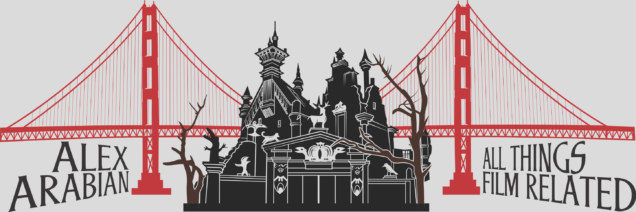


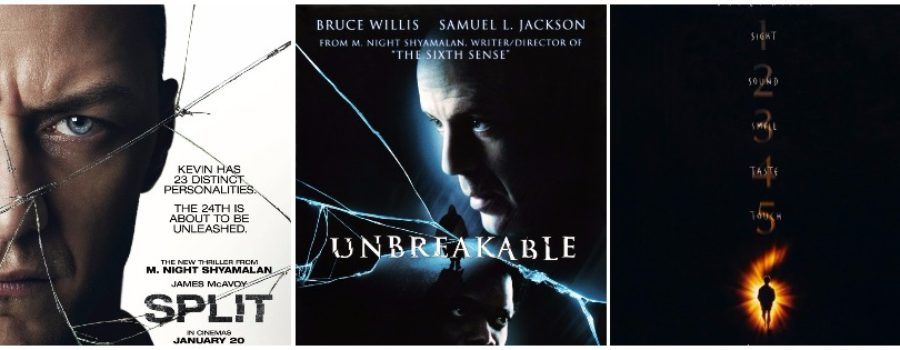
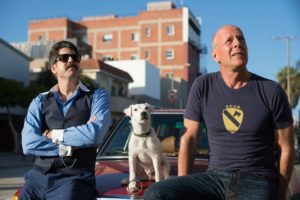
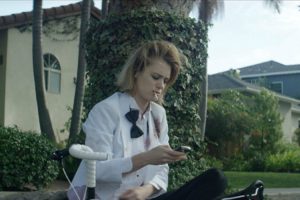
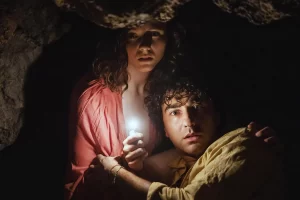
1 Comment
Leave your reply.